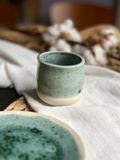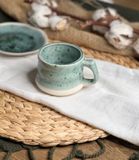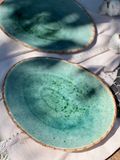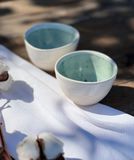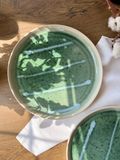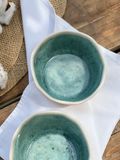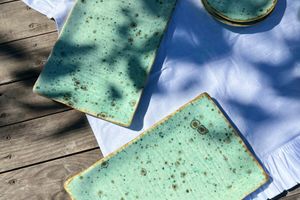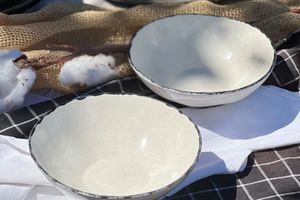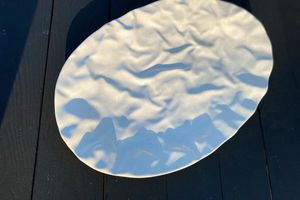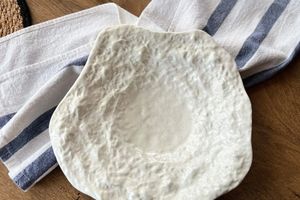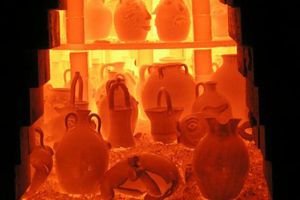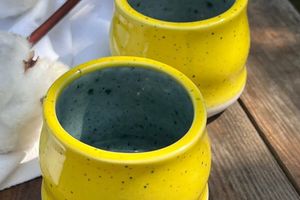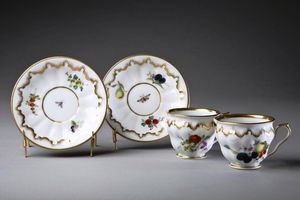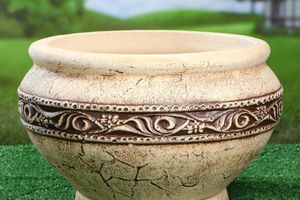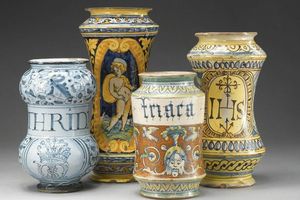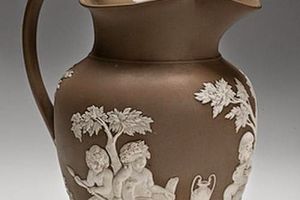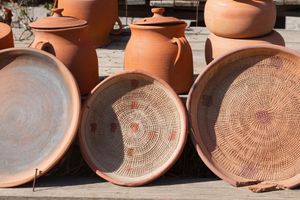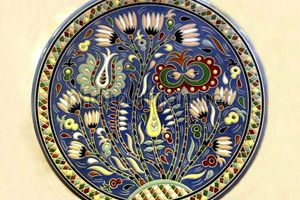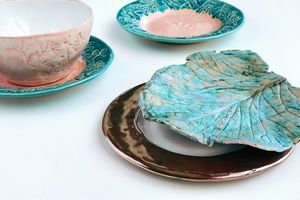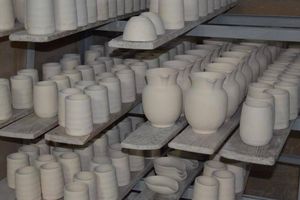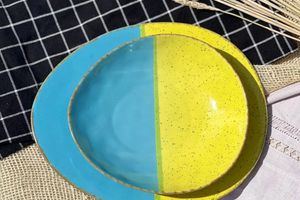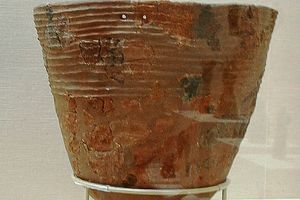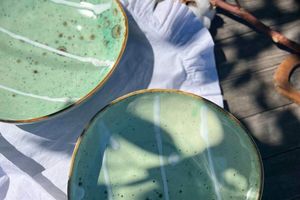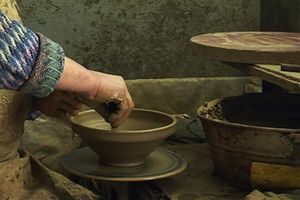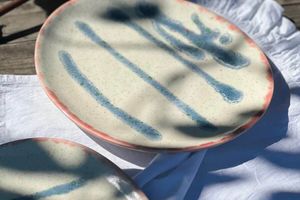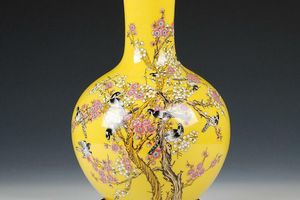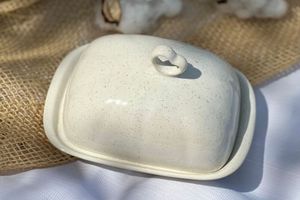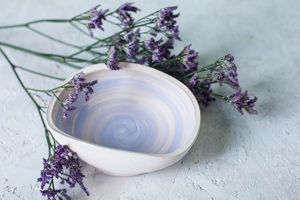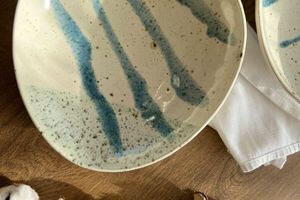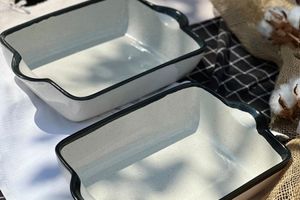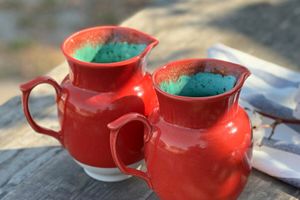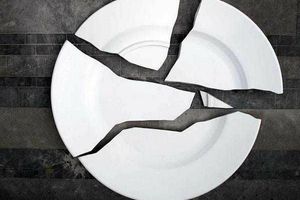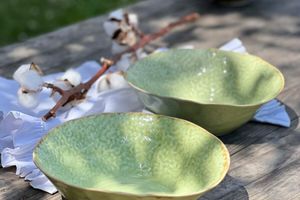Ceramics in Art 🎭: How and Where Ceramic Tableware is Used
Ceramic tableware is not only a utilitarian household object, but also an important element of art, used in various forms and contexts. Let's consider exactly how and where ceramic dishes are used in art.
How Ceramic Dishes Are Used in Art
Functional Art
Decorative Tableware: Ceramic products are often created to decorate the interior. They can be painted by hand, decorated with complex patterns and drawings, which makes them real works of art.
Exhibition Tableware: Ceramic products are often exhibited in galleries and museums as examples of decorative and applied art. These can be both antique items and modern works of ceramic artists.
Sculpture and Installation
Ceramic Sculptures: Artists use ceramics to create sculptures that can be both abstract and realistic. Sculptures can include tableware elements such as bowls, plates or vases.
Installations: Ceramic dishes can be part of larger installations that tell a story or raise social issues. For example, ceramic plates can be used to create installations symbolizing the abundance or scarcity of food.
Conceptual Art
Dishes as Symbols: In conceptual art, dishes can be used as symbols of certain ideas or themes. For example, empty plates can symbolize hunger or lack of resources.
Interactive Projects: Some artists create interactive projects where viewers can interact with ceramic dishes, changing its appearance or function.
Experimental Techniques
New Technologies: The use of 3D printing and other modern technologies allows artists to create unique ceramic products that combine traditional techniques with innovation.
Combining Materials: Some artists combine ceramics with other materials, such as metal, wood or glass, creating hybrid objects.
Where Ceramic Dishes Are Used in Art
Museums and Galleries
Permanent Collections: Many museums have permanent collections of ceramics representing different eras and cultures.
Temporary Exhibitions: Galleries often organize temporary exhibitions dedicated to ceramic art, featuring works by contemporary artists.
Cultural Centers and Festivals
Masterclasses and Workshops: Cultural centers and art festivals often host ceramics workshops where visitors can learn how to create their own pieces.
Art Festivals: Ceramic tableware can be seen as part of art installations and performances at art festivals.
Public Spaces
Interior and Architecture: In public spaces such as restaurants, hotels or cafes, ceramic products are often used to create a unique atmosphere and interior design.
Public Art Projects: Ceramics can be part of public art projects, such as mosaic panels or sculptural compositions in parks and streets.
Educational institutions
Art Schools and Universities: In art schools, ceramics are an important part of the curriculum. Students study various techniques of making and decorating ceramic dishes.
Children's Museums: Children's museums often host interactive classes where children can try their hand at pottery and create their own ceramics.
Conclusion
Ceramic dishes play an important role in art, combining functionality and aesthetics. It is used both in traditional forms and in modern experimental projects. From museums and galleries to public spaces and educational institutions, ceramics continue to inspire and fascinate people, serving as a bridge between past and future, between craft and art.


